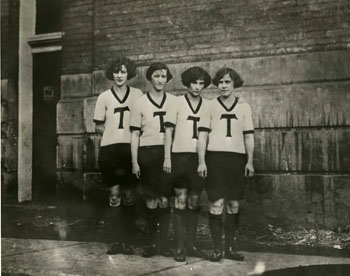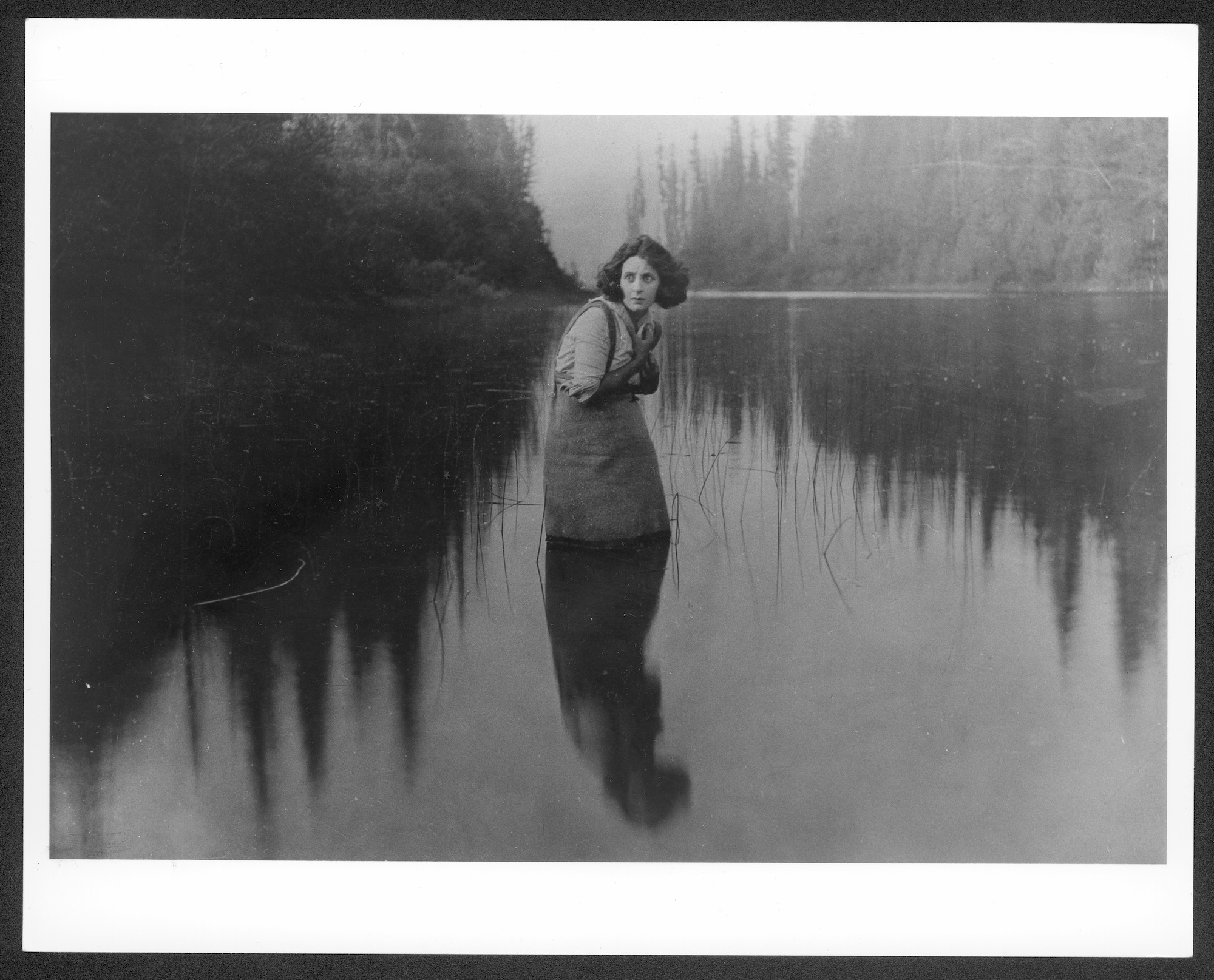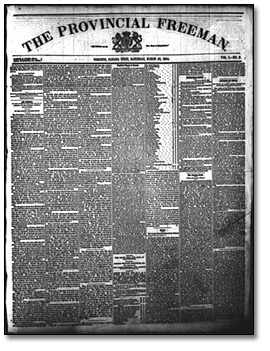Macleans
The Great War Haunts Us Still
IT'S BEEN 90 YEARS now since the Guns of August began to fire, and the smoke has yet to clear from the world they made. The fault lines of modern history - from the quagmire in Iraq through Yugoslavia's implosion to the Cold War and beyond - all branch back to the cataclysm of 1914-1918.This article was originally published in Maclean's Magazine on November 8, 2004












